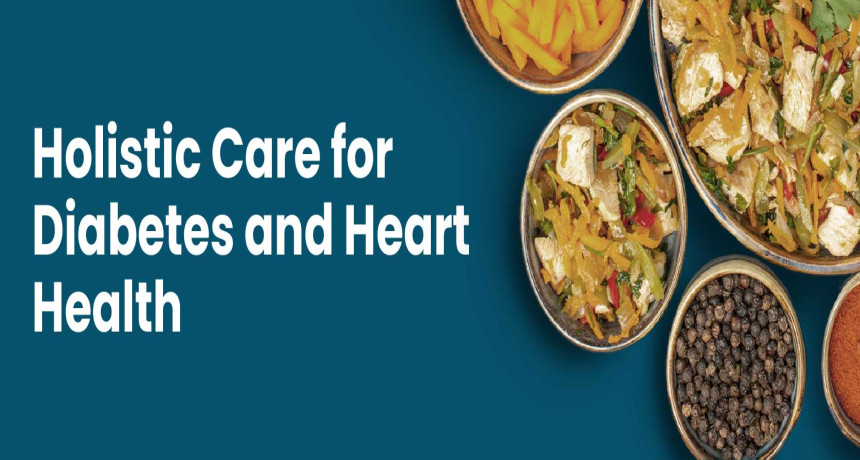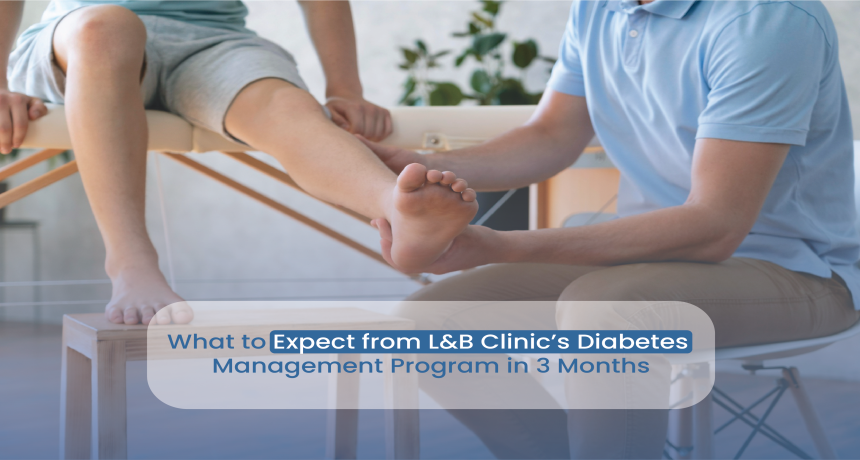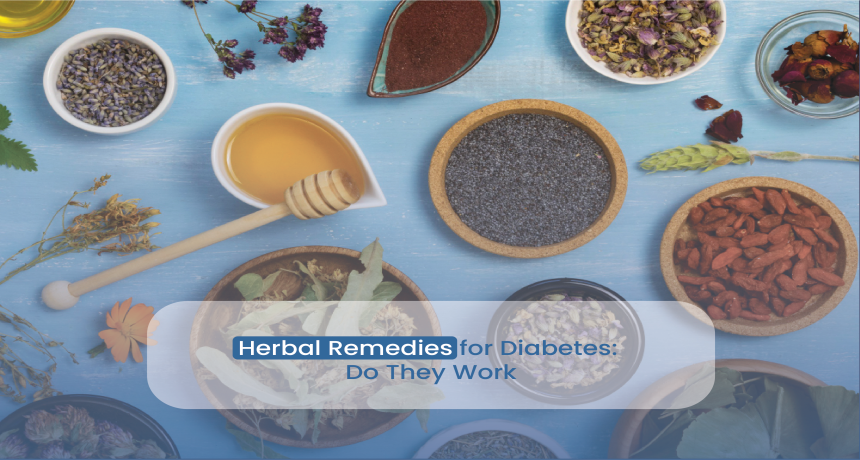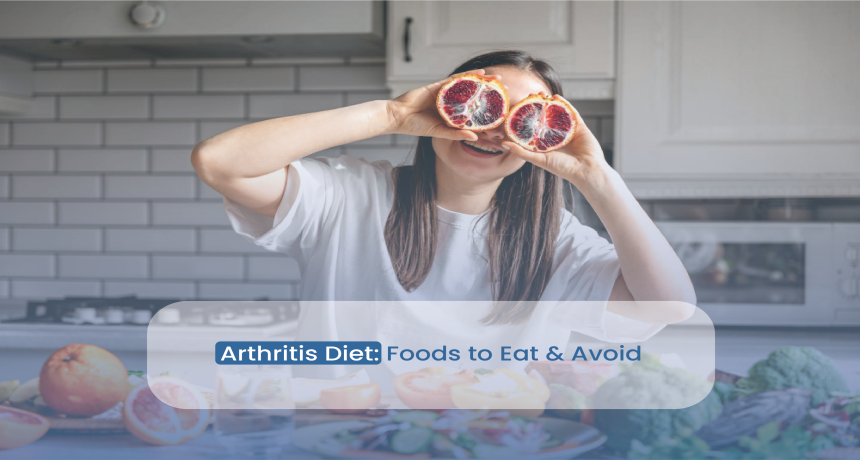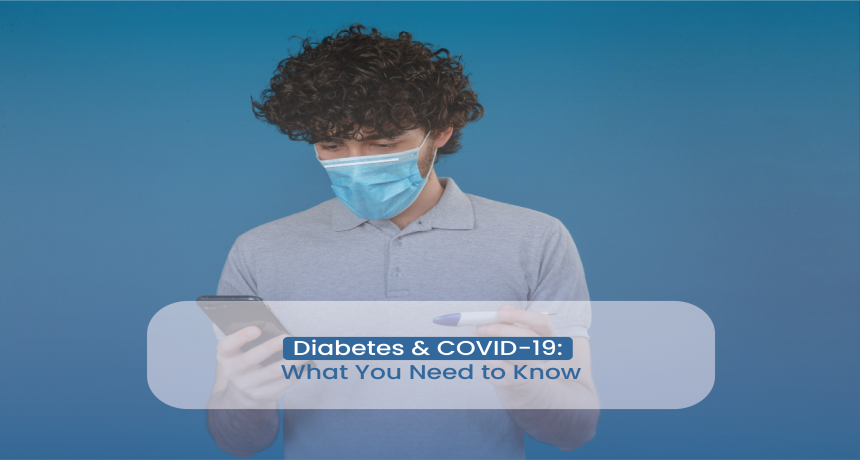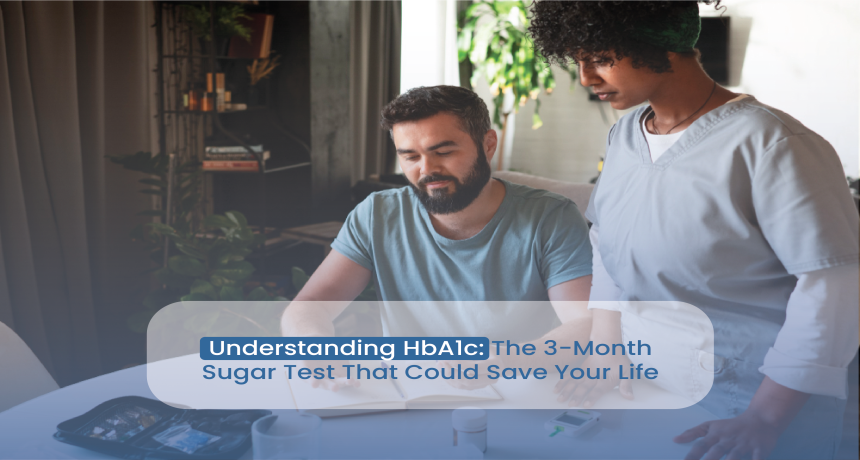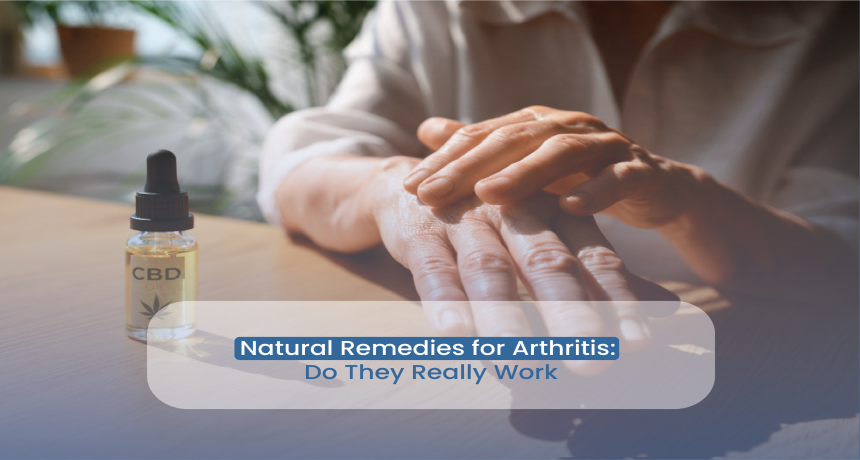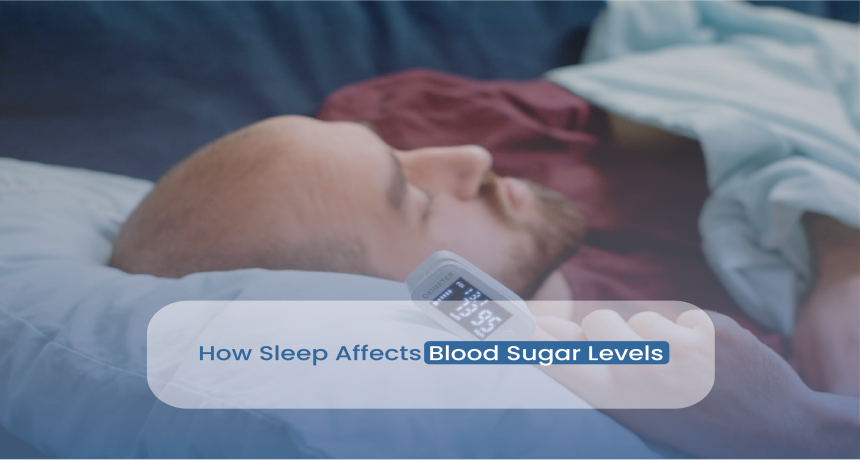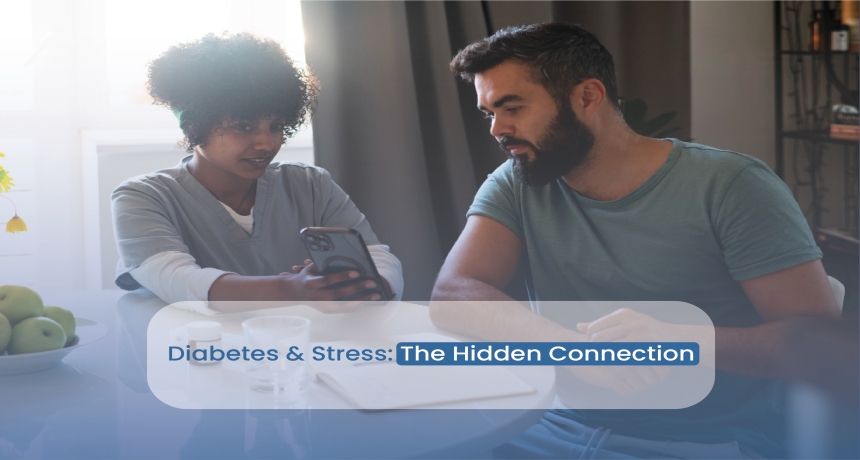The Gut-Health Connection: How Your Microbiome Affects Food Allergies
2025-05-26 Key Takeaways A disrupted gut microbiome is a major contributor to food allergies and sensitivities. The microbiome influences immune tolerance, inflammation, and histamine response. GUT 360 testing at L&B Clinic uncovers the root imbalances behind chronic allergy symptoms. Balancing gut health can significantly reduce reactivity and restore food freedom. Introduction If you’ve developed a food allergy later in life, or your reactions to certain foods keep getting worse, your gut might be to blame. Your gut microbiome — the complex ecosystem of bacteria, fungi, and microbes in your digestive tract — plays a powerful role in regulating your immune system. When this ecosystem is out of balance (a condition called dysbiosis), it can trigger or worsen allergic reactions. Emerging research shows that people with food allergies tend to have less microbial diversity, higher gut inflammation, and weaker gut lining integrity. At L&B Clinic, we focus on fixing the foundation: your gut. Using our advanced GUT 360 diagnostic panel, we map your internal terrain and design a personalized plan to repair it. The Link Between Gut Health and Food Allergies The gut is home to over 70% of the immune system. This means the microbes in your digestive tract directly influence how your immune cells respond to the foods you eat. When your microbiome is healthy: It trains your immune system to tolerate harmless food proteins. It produces short-chain fatty acids (SCFAs) that reduce inflammation. It maintains tight junctions in the gut wall to prevent leaky gut. But when your gut flora is imbalanced: You may lose tolerance to foods you've eaten for years. Inflammatory immune responses (like histamine release) increase. Food particles can leak into the bloodstream, triggering reactions. What Disrupts Gut Health? Antibiotics (especially broad-spectrum or repeated use) Ultra-processed foods and low fiber intake Chronic stress and poor sleep Overuse of antacids or NSAIDs Environmental toxins and pesticides These factors can reduce the diversity of beneficial bacteria and allow inflammatory strains to dominate — a known pattern in people with eczema, asthma, and food allergies. What is GUT 360 Testing? GUT 360 is L&B Clinic’s comprehensive diagnostic panel that goes far beyond basic gut tests. It gives us a detailed snapshot of your: Microbial diversity and balance (beneficial vs harmful strains) Inflammatory markers (zonulin, IL-6, calprotectin) Digestive function and enzyme activity Immune activation levels This allows us to: Pinpoint what’s driving your allergies from the inside Develop a precision nutrition and lifestyle plan Track improvement over time Read Also: Gut Microbiome Test: What It Is, How It Works, and Why You Need It Signs Your Gut May Be Behind Your Allergies You may have gut-related immune dysfunction if you: React to multiple foods without clear patterns Experience both digestive symptoms and skin rashes Feel bloated, gassy, or foggy after meals Have a history of antibiotic use or chronic stress Developed food allergies after age 30 How L&B Clinic Restores Gut-Immune Balance This plan is individualized based on GUT 360 testing and reviewed by Dr. Deepika Krishna for safety and accuracy. For More Information, Check Out: Food Allergy Treatment Program in Delhi Simple Natural Remedies to Support Gut Healing Chamomile tea – Soothes inflammation and supports digestion. Aloe vera juice – Calms the gut lining and supports regularity. Slippery elm or marshmallow root – Protects mucosal integrity (best under professional guidance). Coconut kefir – Dairy-free fermented drink rich in probiotics. Turmeric + black pepper – Anti-inflammatory powerhouse duo. Bone broth – High in collagen and glutamine for healing leaky gut. Note: These remedies support mild symptoms and overall gut balance. Always consult your L&B specialist before using them alongside therapeutic protocols. After reviewing your GUT 360 results, we design a personalized plan to: Repopulate beneficial microbes with targeted dietary guidance Repair gut lining with nutrient-rich, anti-inflammatory foods Reduce immune overreactivity with lifestyle and nervous system support Reintroduce foods gradually and safely as tolerance improves This process is gradual — but deeply restorative. Over time, many of our clients report less reactivity, improved digestion, and more freedom with food. "A balanced gut creates a balanced immune system. Most chronic allergies won’t fully resolve until we address what’s happening inside the microbiome. That’s why we start with GUT 360." — Dr. Deepika Krishna, Founder, L&B Clinic FAQs on Gut Microbiome Food Allergy Connection 1. Can improving gut health really reduce food allergies? 2. What foods help heal the gut? 3. Is GUT 360 better than regular allergy tests? 4. How long does gut healing take? 5. Can I reverse adult food allergies naturally? Conclusion: Heal Your Gut, Transform Your Immune Response Food allergies aren’t just about the food — they’re about your body’s inner communication. And your gut microbiome plays the lead role. If you’re tired of restricting your diet, guessing your triggers, or fearing the next reaction, it’s time to go deeper. Start with GUT 360 testing at L&B Clinic and begin a personalized journey back to balance, confidence, and food freedom. References: Rachid, R. et al. (2021). Gut Microbiota and Allergic Disease. Nature Reviews Immunology Fasano, A. (2012). Leaky Gut and Immune Activation. Clinical Reviews in Allergy & Immunology Harvard Health Publishing (2020). Microbiome and Allergies L&B Clinic GUT 360 Insights and Clinical Case Studies Follow L&B Clinic: Instagram | Facebook | LinkedIn | YouTube25-Day Gut Reset Action Plan at L&B Clinic
Yes. Research shows that enhancing microbiome diversity can reduce allergic responses.
Fermented vegetables, prebiotic fibers (onions, garlic, asparagus), bone broth, and omega-3-rich seeds.
Yes. It identifies underlying causes, not just reactions — essential for long-term results.
Most clients see improvement within 2–3 months, with full gut restoration often taking 6–12 months.
Many can be reduced or managed by restoring gut and immune balance. Testing is the first step.
Reviewed by: Dr. Deepika Krishna, Founder, L&B Clinic
.png)

